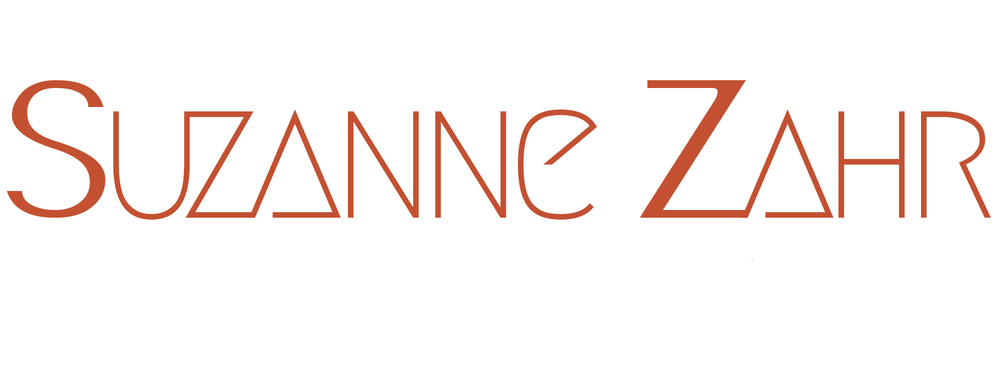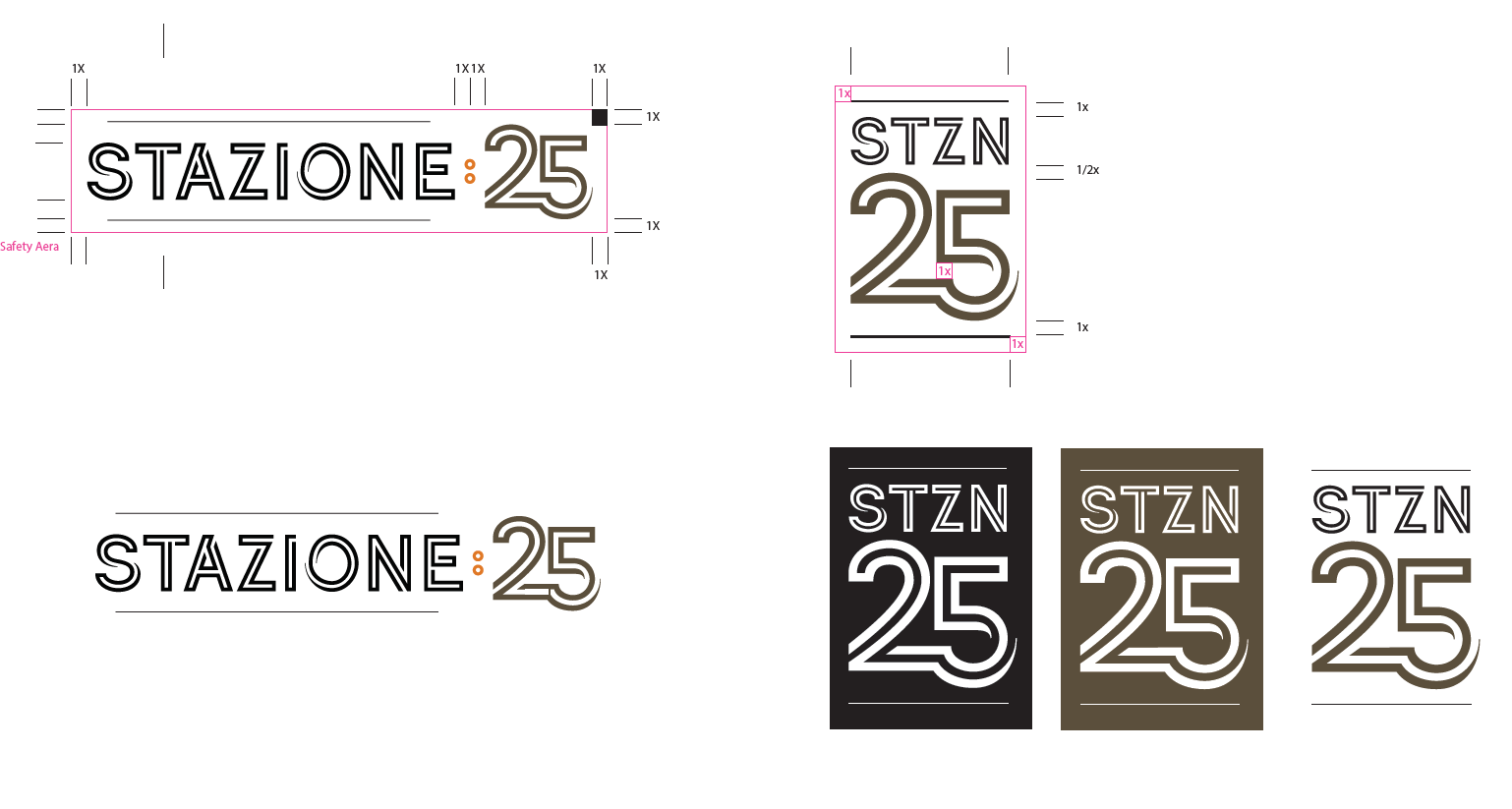A major aspect of the SZ approach is to curate a team of consultants that meets the needs of each and every client. We bring together a team of multidisciplinary experts, finding the best fit for each individual project. By working with a consortium of creatives, we have more agility and fluidity to achieve project goals and meet our clients’ unique needs.
When the SZ team collaborated with Mt. Baker Station Associates for the brand-new urban housing hub Stazione25, we brought in Laurent Bourscheidt of L+B Design to provide creative direction for the Stazione25 brand identity. Laurent developed the aesthetics and the details of the brand in conjunction with Mt. Baker Station Associates, Morgan Design Group, the architect of record, and Bristal Design Group, the interior designers. Each consultant brought their expertise to the brainstorming table, providing a multidisciplinary approach to developing the brand guidelines.
We sat down for an interview with Laurent to talk more about Stazione25’s brand guidelines, as well as his own expertise as a Creative Director on how to develop a strong brand identity.
Julia Hess: Why is it important to have brand guidelines? Who needs to use it?
Laurent Bourscheidt: We live in a world where the average individual is exposed to an average of 6000 “signs” a day. Increasingly more complex, our lives are cluttered with marks, symbols, icons of all nature. A successful brand identity is that very image that remains imprinted in someone’s brain at the end of the day.
Brand guidelines is a reference document for anyone interacting with a brand internally or externally. But what does that mean? It is way more than a logo; it is the visual expression of an entity, representing a group of individuals driven by the same values with a purpose in mind. In order to accomplish and execute these goals, a brand is defined by its vision set by its leadership, its mission, the way it expresses itself and the way it behaves in a physical, digital, or virtual environment, both internally with its own members and brand ambassadors and externally with its vendors, suppliers, early adopters, customers, and competitors.
Brand guidelines becomes the physical repository of a visual identity. It is an ever-evolving document that communicates and defines how the brand should be translated to convey credibility, trust, and its very purpose within a community. As the company grows, so does the brand; new people joins, new markets are explored, new products are launched. Brand guidelines helps set the rules on how these events happen within a defined environment.
In today’s environment, whether you are a consultant or a 200,000 employee organization, you send signals out about yourself, and your audience will judge you on what they perceive. A brand is not what you say it is; it is what people say about it when you are not listening. Therefore, it is crucial to establish key communication elements and tools that will help shape that brand.
JH: For the design of the Stazione25 logo and brand identity, what was the biggest source of inspiration? Why?
LB: Every solid brand and its expression is the result of research and answers to a set challenge. In fact, there is little left to randomness and gratuity of a gesture in a good logo.
Similar to how an architect takes into consideration the location of the site, its orientation, neighborhood, and social fabric, the texture and careful articulation of space, light, and textures to build a structure, building a brand is combining what the entity stands for and rendering in a clear way and true to the spirit of what it represents.
For Stazione25, we took into consideration the historic heritage of the neighborhood, the community’s diversity, the aim of the building, and the potential transformation and advancement of a neighborhood.
JH: What story do you hope to tell through the brand's logo and visuals?
LB: The goal of every branding exercise is to tell a memorable story aligned with the brand vision and purpose.
In the case of Stazione25, we wanted to highlight the obvious connection with transportation. The building is located near the Light Rail Station in Seattle, and McClellan, the street that the building is located off of, was named after a train engineer. This access to the Light Rail provides an overall benefit of accessing any part of the city easily. We wanted to bridge the legacy of a rich and vibrant neighborhood and the transformation that the future will bring.
JH: What was your thought process behind the colors for the Stazione25 brand (especially the orange)?
LB: It was driven by a few factors. First, we thought it was important to devise a brand identity that would complete the building itself and complement its fabric, texture, and color scheme, made of brick, concrete, and glass. We believe the warmth of the orange is a complement to the majority of brick (rust) colors and brown, which will be used throughout the building. Our approach to design is holistic, so we really wanted the brand and the architecture to work together.
Secondly, the symbolism of orange as a dynamic and vibrant color is also something we think will resonate with the primary audience of renters, primarily made of ethnically diverse young professionals and millennials seeking affordable housings near a transportation hub that provides access to downtown Seattle and Renton offices.
Finally, orange is a color that works well and stands out in overall branding and marketing implementations; it is noticeable, memorable, and warm.
JH: How does the audience influence a brand's identity? What did you have to keep in mind about Stazione25's audience while designing the brand?
LB: A brand should first and foremost be designed in accordance with what it aims to achieve and accomplish in regard to reaching an audience. By nature, it will find its own audience. Taken from the brand guidelines, Stazione25 is meant to appeal to an audience of young professionals looking for ease of transportation and a neighborhood with many amenities and cultural diversity. The design work is a direct answer to this audience, as seen through a combination of striking images, a strong visual language that finds its place at the intersection of diversity, and elements of style and modernism.
JH: As Creative Director, what's your favorite part of designing a brand's identity?
LB: My favorite part is to come to a point where a concept and a direction take shape, where the brand visual language becomes a reality and its implementation opens infinite possibilities. Where one can see the brand communicating the story in a memorable and timeless way.
This usually means finding the umbrella ideas and translating it into multiple applications by making it connected and consistent, yet different, and telling a story, where an audience can discover and interact with it in a new way. A great brand creates emotional connections with its audience beyond its offering.
I’ve never thought about this exercise as a soloist approach, but rather a collective collaboration with others – architects, interior designers, and most importantly the client itself. We’re all satisfied when we find a way to tell the story and elevate the brand’s purpose.
Written by Julia Hess




